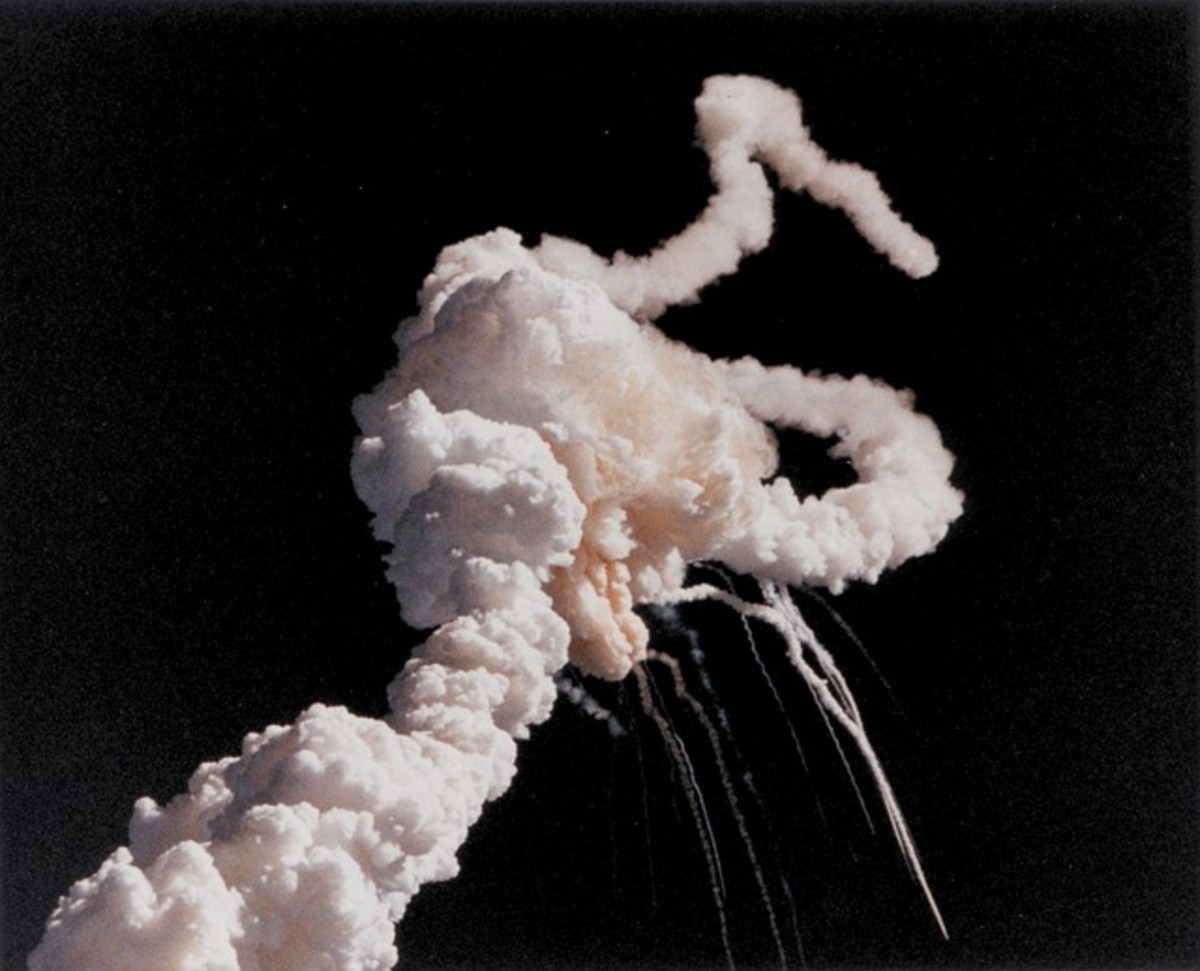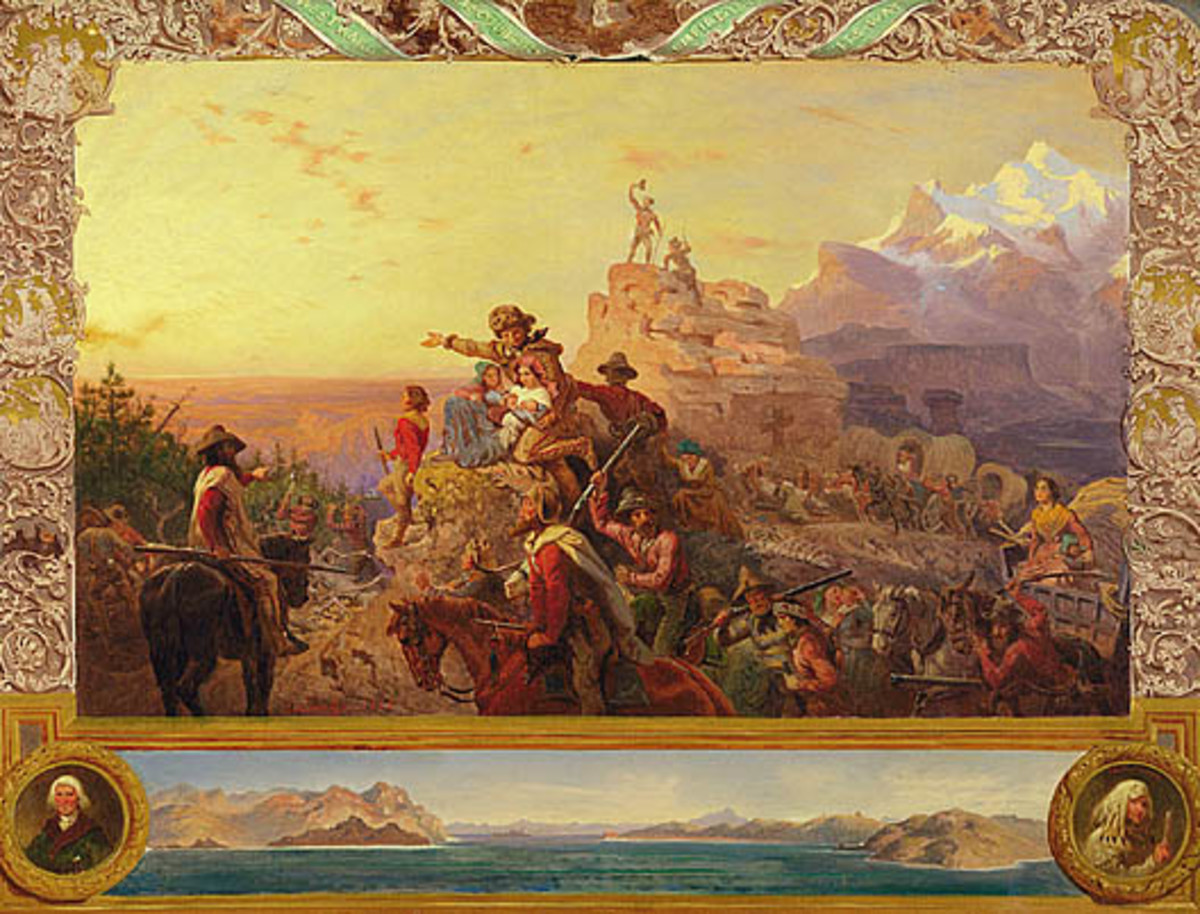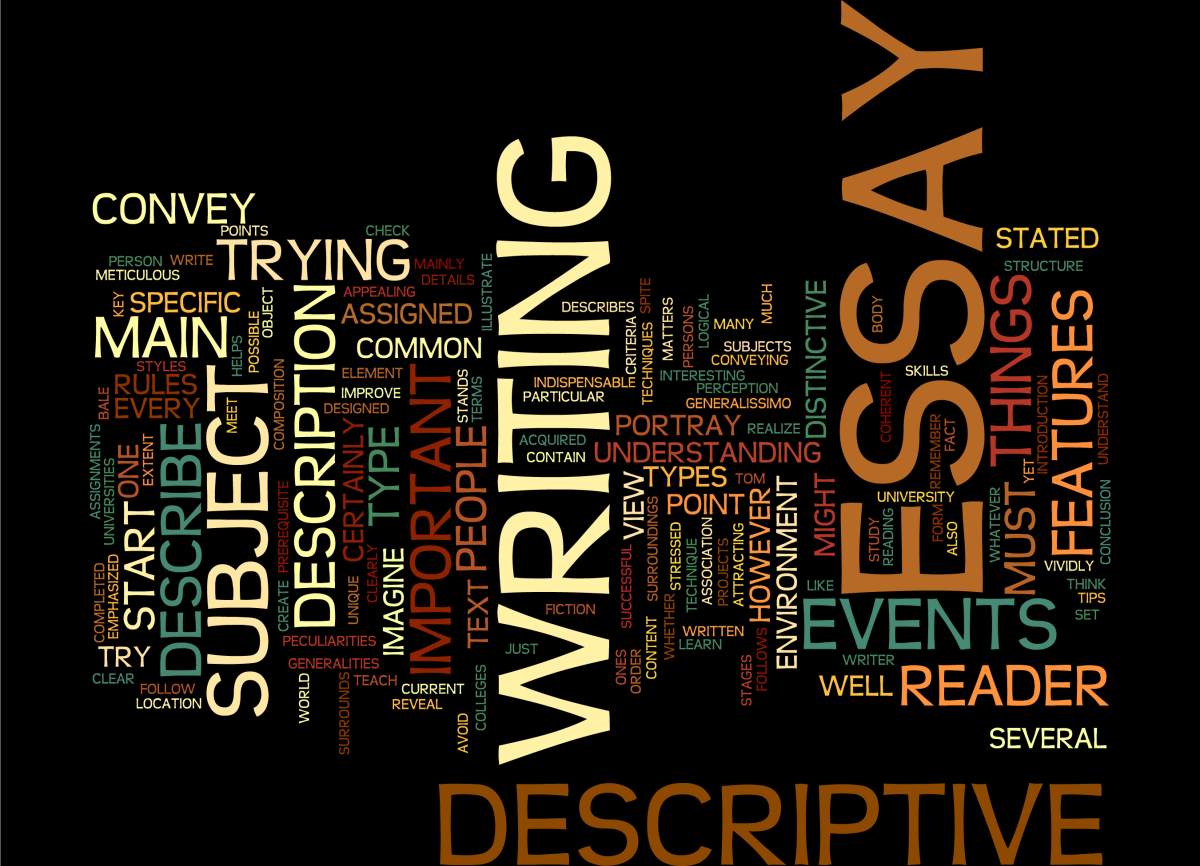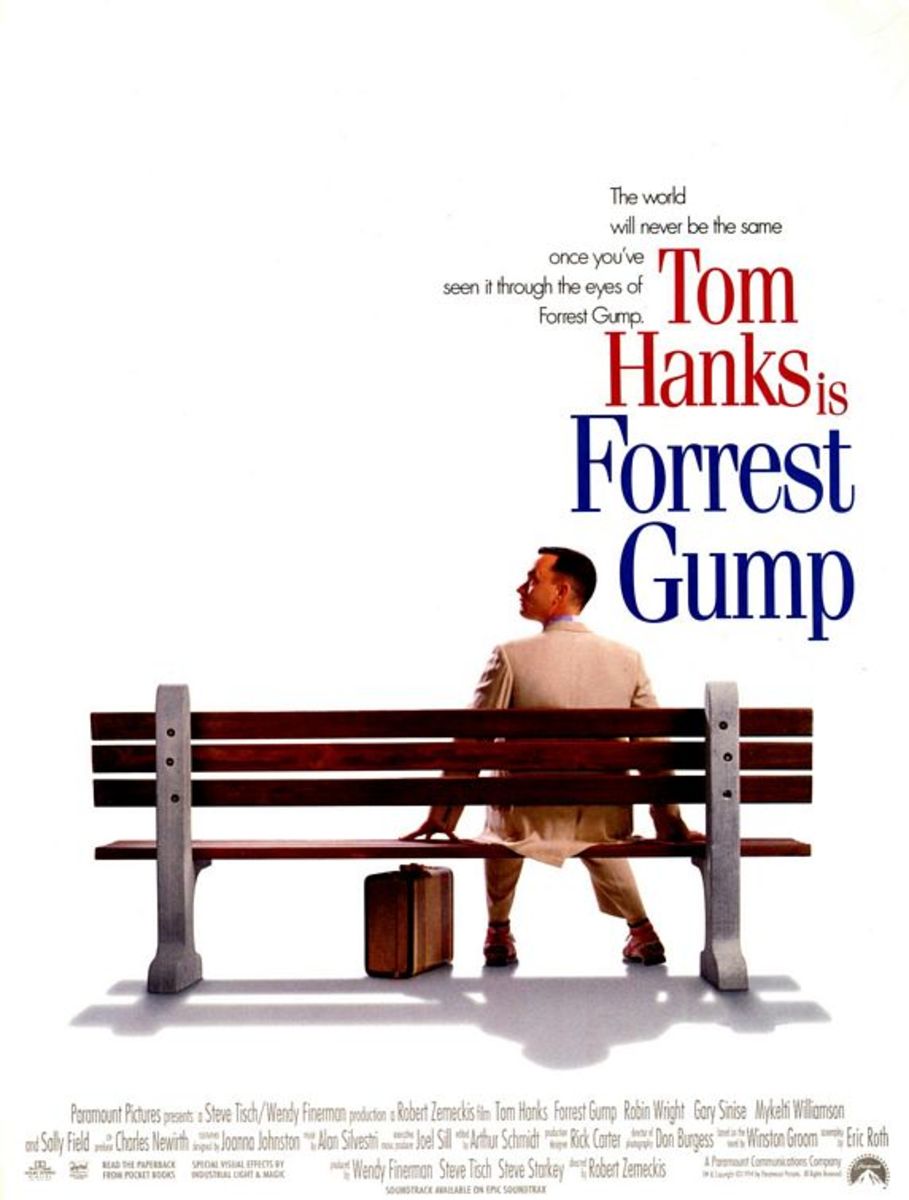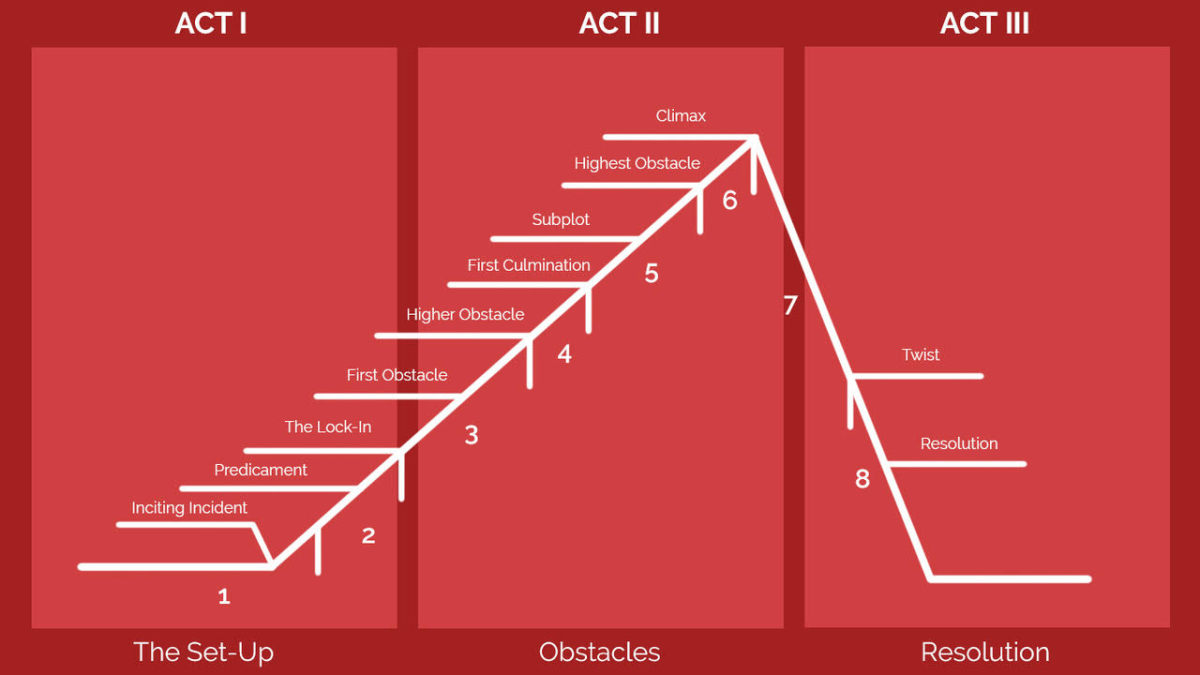How to Write Setting
Setting
Time periods, locations, cultural standards, dates, times, and more go into determining setting. You can place your story in the middle of the Victorian Era of London, England, within a specific year, on a particular street corner or building. Using well-known events or locations can appeal to readers who are familiar with the areas, but require research to gain accuracy.
Example:
The Civil War Era of United States History was experienced differently in the South than in the North, and even today has an impact on how people view each other, their ideals, and the areas affected. Dixie flags can still be viewed in places like South Carolina, and religious values are still heavy in what is known as the Bible Belt.
Time Periods
For historical accuracy, placing a novel in a specific time period can give the reader a sense of the culture of the characters, what to expect from events, and can further the plot. People living in America during World War II had a very different mindset than those in Europe, and especially different than in modern times. Humanity faced different challenges during the Dark Ages, such as the plague, than they do now. In the future, anything can happen, from technological advancement to the apocalypse—dystopias and utopias are a mainstay of science-fiction because of the future’s potential. When deciding on the time period for a novel, authors must research periods to familiarize themselves with traditions, technology, events, social norms, even speaking patterns. Characters will speak and behave differently in one period than in another.
An online resource called Preceden allows you to view timelines and build your own for researching and planning your novel.
Locations in Pop Culture
Physical Locations
Putting specific buildings into a novel can ground readers within the real world. Famous locations like Wrigley Field in Chicago, the San Francisco Golden Gate Bridge, Big Ben in London, the Sydney Opera House in Australia, and more add elements of reality to the fictionalized story. Authors can create their own locations to establish a familiar setting for readers and characters, a Home Base to return to. These locations can be a certain character’s home, a public building like the local library or museum, or a private location such as the woods behind a house.
A physical location can also be a jungle, a beach, an ocean, a forest, the desert, and more. Knowledge of how these areas react during certain seasons, such as weather patterns, can provide accuracy to the novel. If characters are left wandering the desert for several days, they may experience dehydration, blistering skin due to sunburns, dry mouth, and a hoarse throat, making them unable to speak properly and sapping their strength. If they do not find water, shelter, and food, they will die. To ignore those factors is bad storytelling. This is also true for shipwrecked sailors, left drifting on a life raft or plank of wood in the middle of the ocean. Salt water is not good for drinking, and sharks have been known to swarm around the remains of ships to hunt for stragglers. Sailors sometimes resort to cannibalism in order to survive.
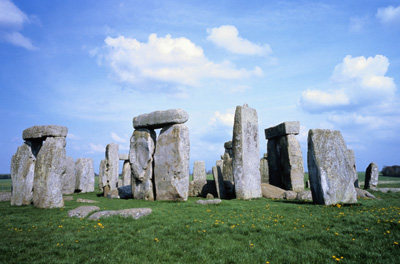
Indicating the time can be as simple as pointing out a year, either subtly by having a character glance at a newspaper, or by starting off a particular section with the year in text:
Subtle reference: “Charlie picked up the newspaper labeled July 10th, 1949…”
Direct reference: “The year was 1949, the date July 10th, and Charlie sat with a newspaper in his favorite chair…”
In-Text: “July 10th, 1949
Charlie was reading the newspaper when it happened…”
Dates & Times
Certain genres of fiction may benefit from pinpointing the specific date and time throughout the novel, such as murder mysteries and thrillers. Making a countdown can help the author keep a steady sense of time, while allowing the reader to keep up with detectives and serial killers in their movements. This can be done by noting the date and time of a chapter, or indicating a change of time by noting dates or mentioning clocks. This is the same for historical fiction when dealing with journals or diaries, or referencing specific events. Authors must be careful to keep track of time in their novels, whether they note it for the readers or keep it for themselves, in order to provide a chronological story which makes sense to readers. Certain events can take place over hours or days, and authors can indicate the change of days by noting the presence of night, having characters glance at a clock (either in the form of a watch, a bedside alarm, or glancing at their phones to check the time), and even having characters make a tally (like in jail).
Historical Events
Any historical event included in a novel should be researched for accuracy—even if the event is being changed. If the author makes a mistake by accidentally changing an event, readers can be thrown off and become disinterested in the story. Keeping the right dates and times is helpful, as well as acknowledging the locations and people involved. Famous historical events can be tricky to add into novels, while little known events can become fascinating. Authors can include events to intrigue readers, spread awareness, or provide a truthful account outside of a history textbook.
For time travelers, making certain rules about messing with or changing timelines can add a sense of tension to a plot. If one character makes a mistake, changing time and affecting the future, the consequences could create alternate realities or a completely different future to return to. Then the characters must decide if and how they can change the timeline back, or if the change is for the better. Changing one event invites speculation to the impact that event had; and when authors decide to change one event, they must take into account everything else that would change. If the Titanic never sank, hundreds of lives would be changed, leading to thousands of possibilities for a new future.
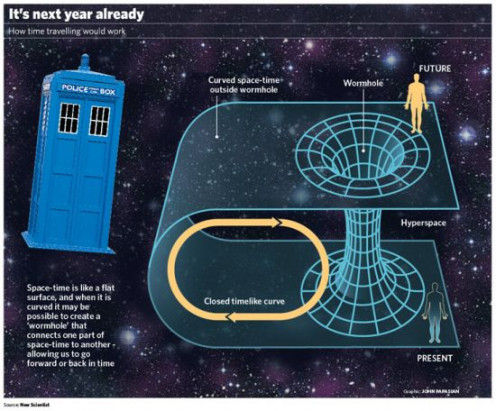
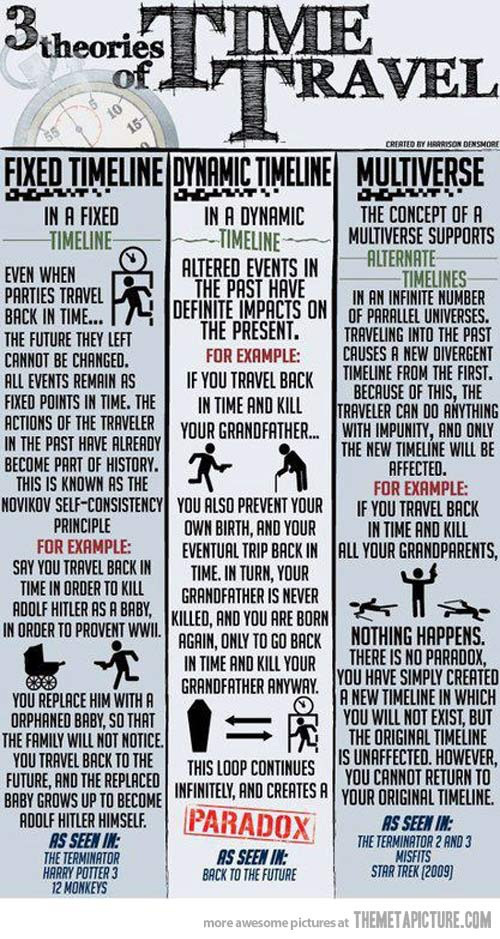
Cultural Places
Like physical locations and time periods, certain areas of the world are home to cultural phenomena. New Orleans is known for voodoo and superstition. The Mecca is a religious site for Islam. If authors place characters or plots around these cultural places, they must be aware of the affect and accuracy of their descriptions. Authors must be careful not to rely on stereotypes when dealing with other cultures. Characters can thrive or perish in the midst of a cultural festival or celebration, it can add depth to a backstory or plot to place an event in the middle of a cultural location. Detectives chasing a killer during a bull run in Spain can add spice and dramatic tension to the story.
Why Is Setting Important?
Even in a completely original world, knowledge of the history, dating system, time, and locations is important for readers to stay in touch. Even with detailed descriptions, imagination is a key part of a novel’s story. Having a recognizable place, frequented by characters or referenced with a particular connotation, can allow readers to journey into the world of the novel. Settings can arrange events in the plot, letting the readers know where a key fight will take place or where a historical event in the novel went down. Stories rely on settings just as much as plot and characters.


